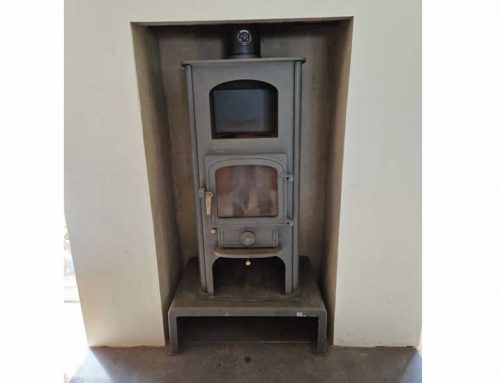Nesting Birds
Various bird species can be found nesting in chimneys, including jackdaws, starlings, sparrows. Each species has its own nesting habits and preferences, but they all share a common need for a secure location to lay eggs and rear their chicks.
Hazards of birds nesting
However, while chimneys may seem like ideal nesting sites for birds, they can pose several risks and inconveniences for both the birds and homeowners. Nesting birds can block chimneys, causing ventilation issues and potentially hazardous situations such as carbon monoxide buildup. Additionally, bird droppings and debris from nests can accumulate in the chimney, leading to blockages and fire hazards. Birds are incredibly good at building nests and will use various materials including, twigs, moss, mud, feather’s and any soft material it can find. I have even found wet wipes and cloth in some nests!
Prevention of birds nesting
To prevent these problems, homeowners often install bird guards or chimney cowls to deter birds from entering and nesting in their chimneys. These devices are designed to allow smoke and gases to escape while preventing birds from accessing the chimney space.
In some cases, if birds have already built nests in chimneys, homeowners may need to wait until the nesting season is over before safely removing the nests. It’s essential to approach bird nest removal with caution to avoid harming the birds or damaging their nests.
Birds nest removal Law
The removal of bird nests in the UK is governed by wildlife protection laws, particularly the Wildlife and Countryside Act 1981. It is illegal to intentionally damage or destroy the nests of certain bird species while they are in use or being built. These protected species include most wild birds and their nests, eggs, and dependent young. For this reason, bird’s nest removal cannot take place between the months of April until the beginning of September.
If you require a birds nest removal in Minehead or the surrounding area’s?
Please call me on 07568056121 or click here.



